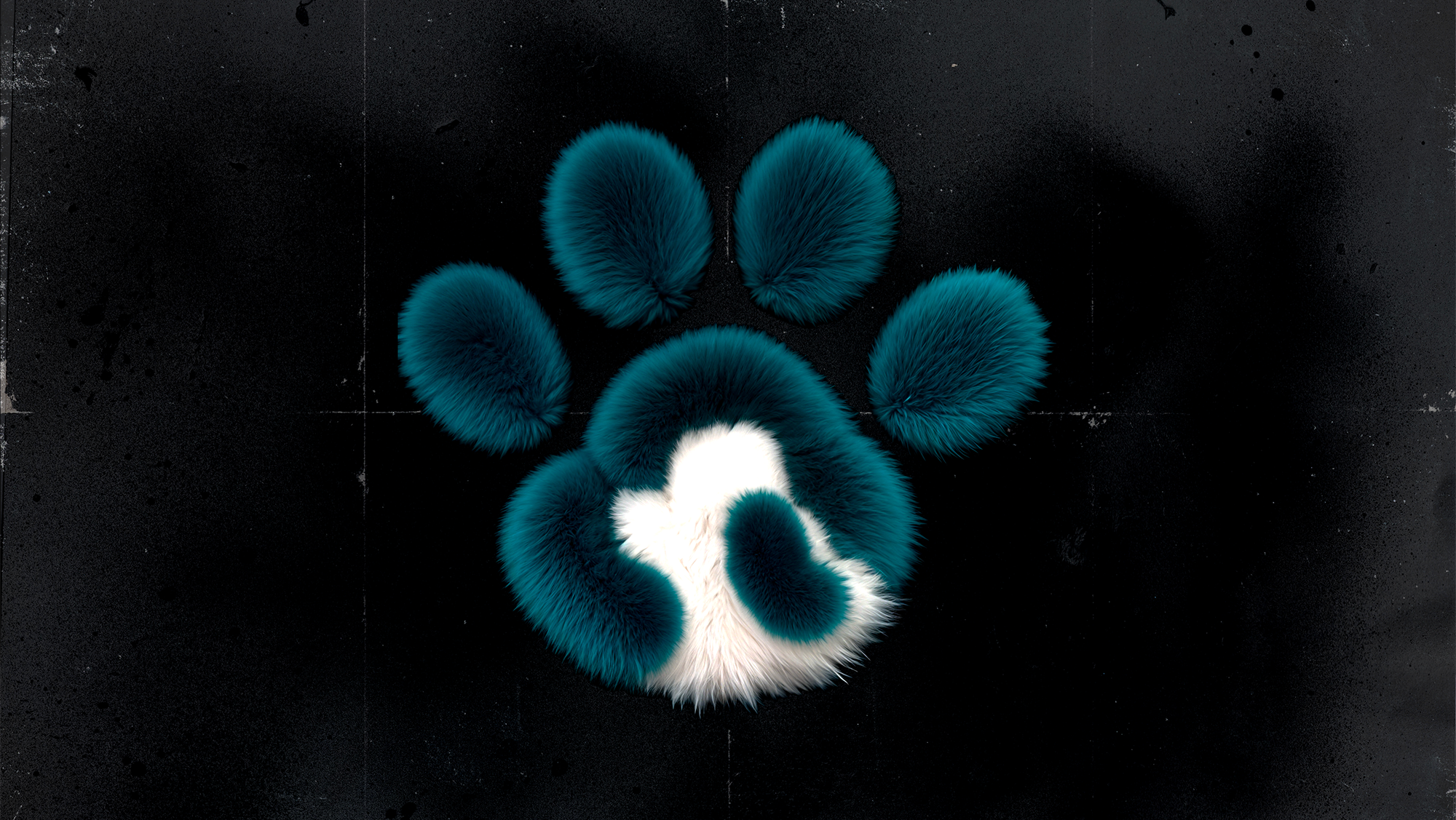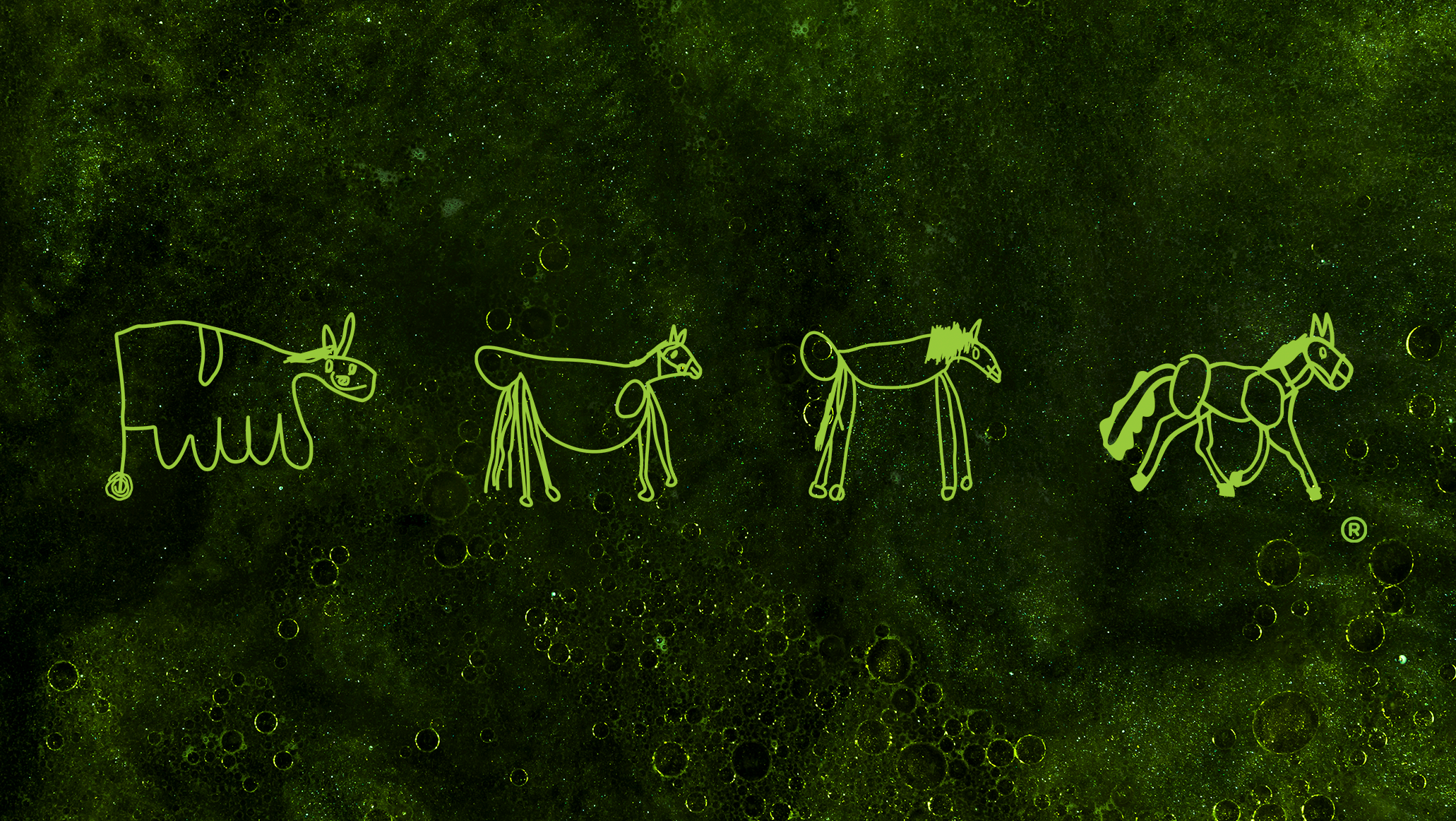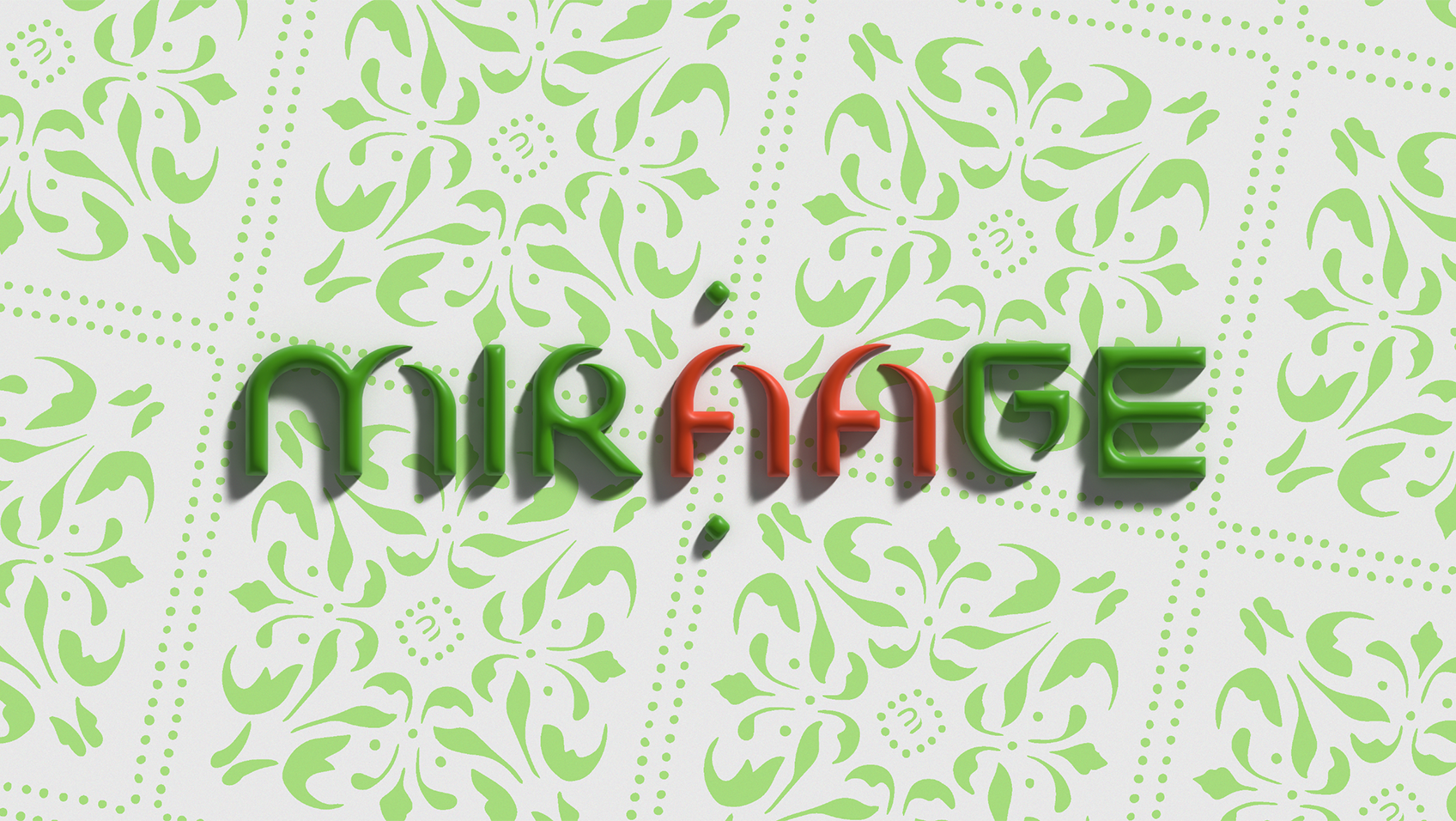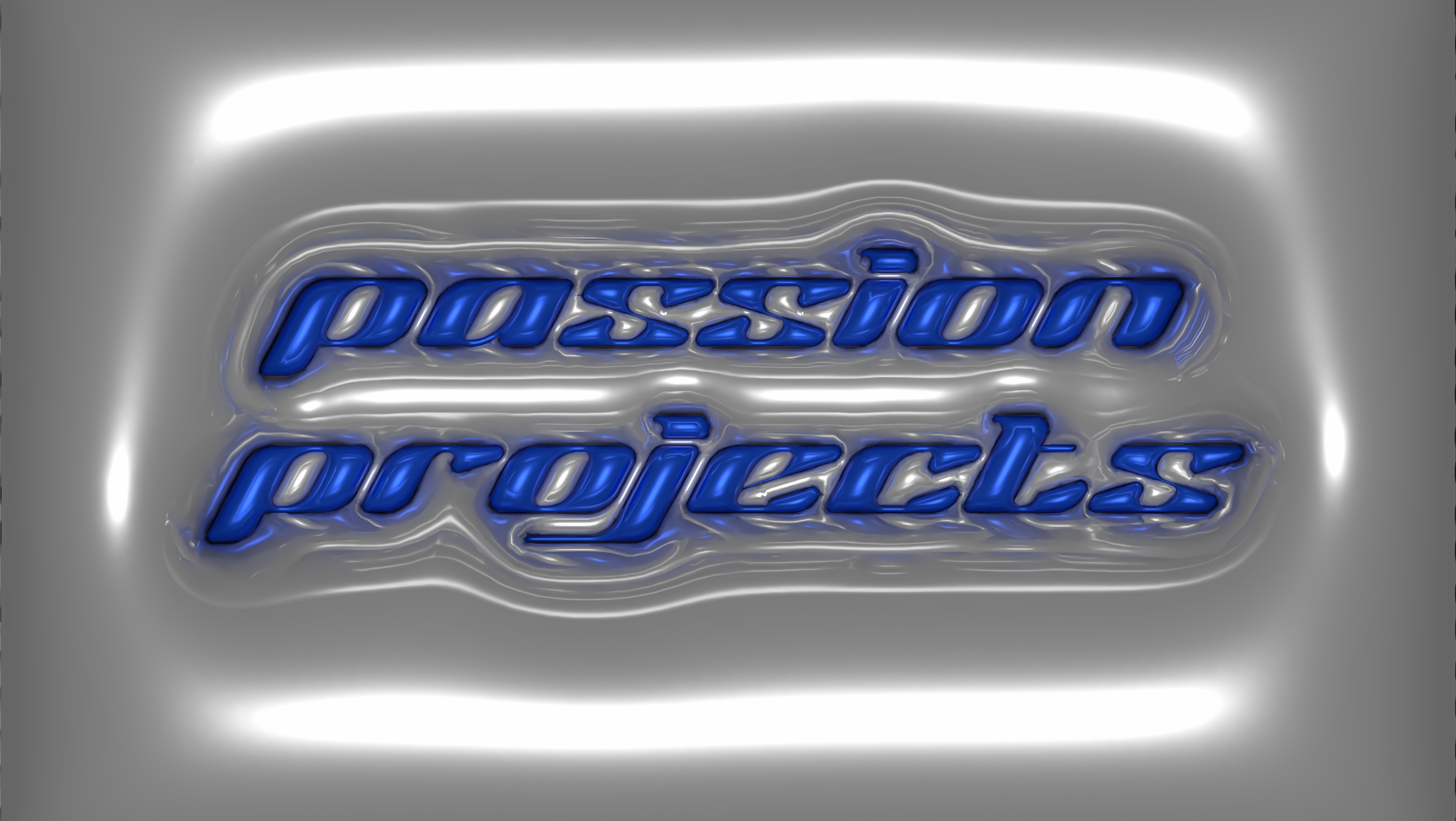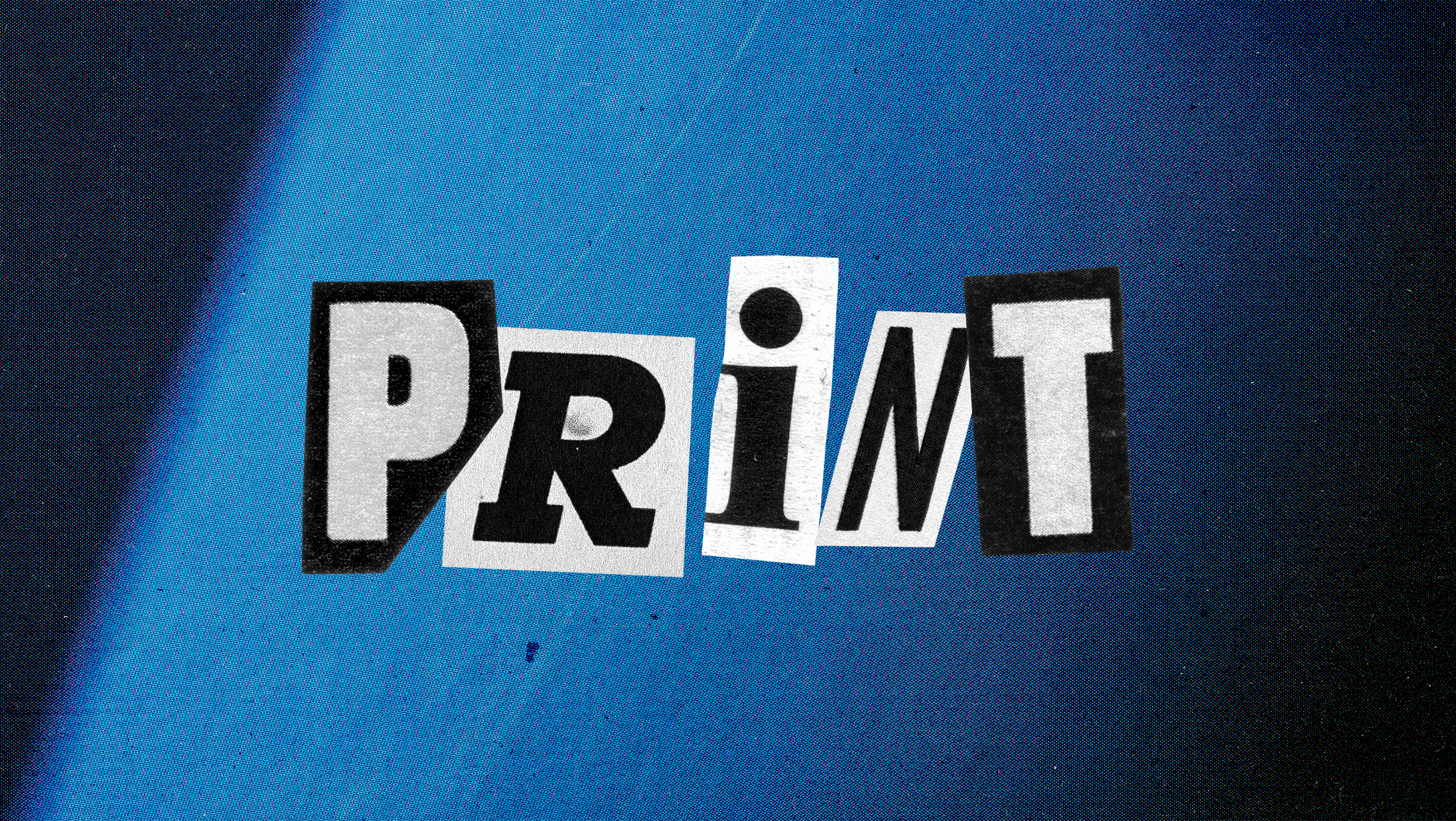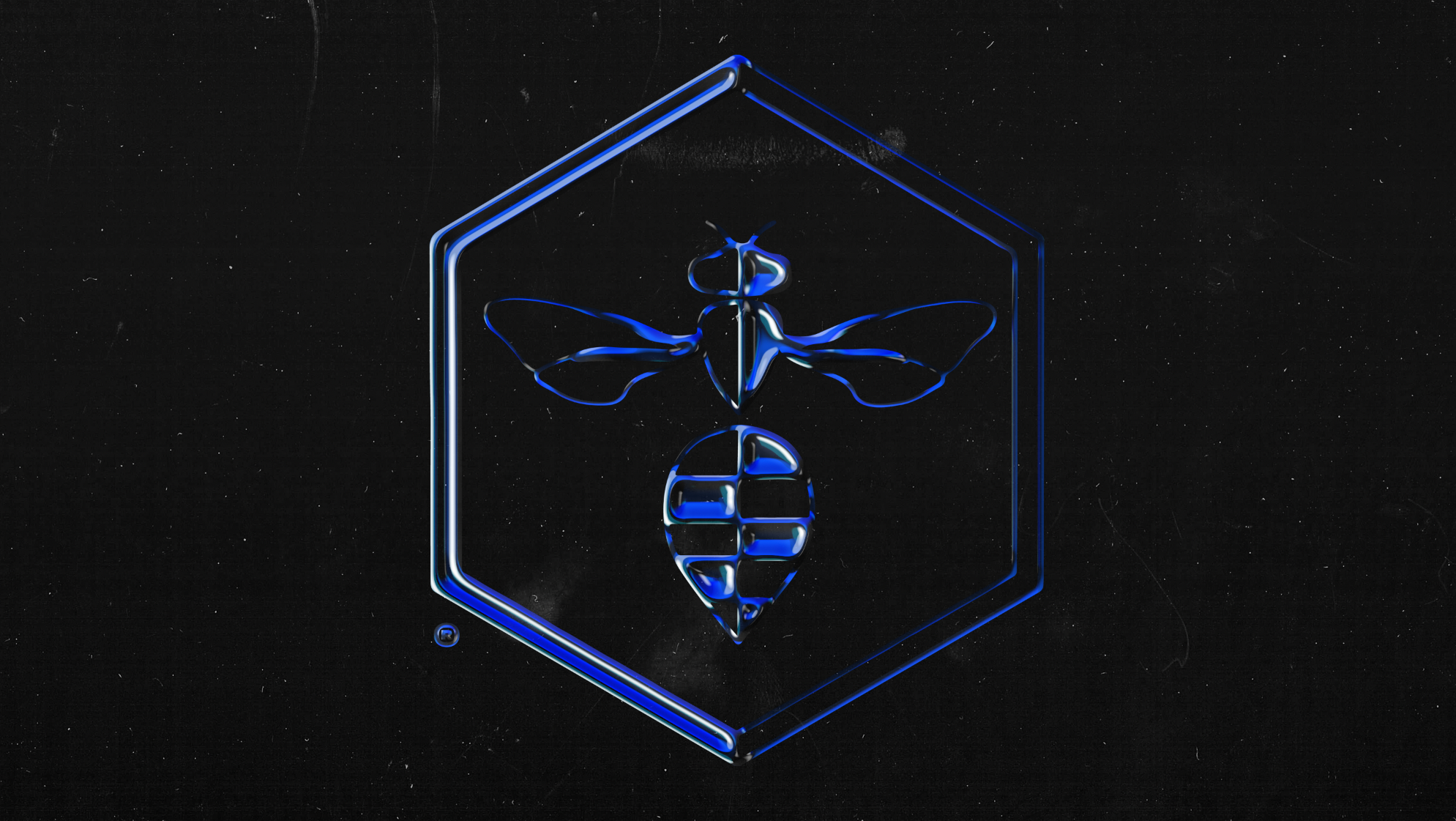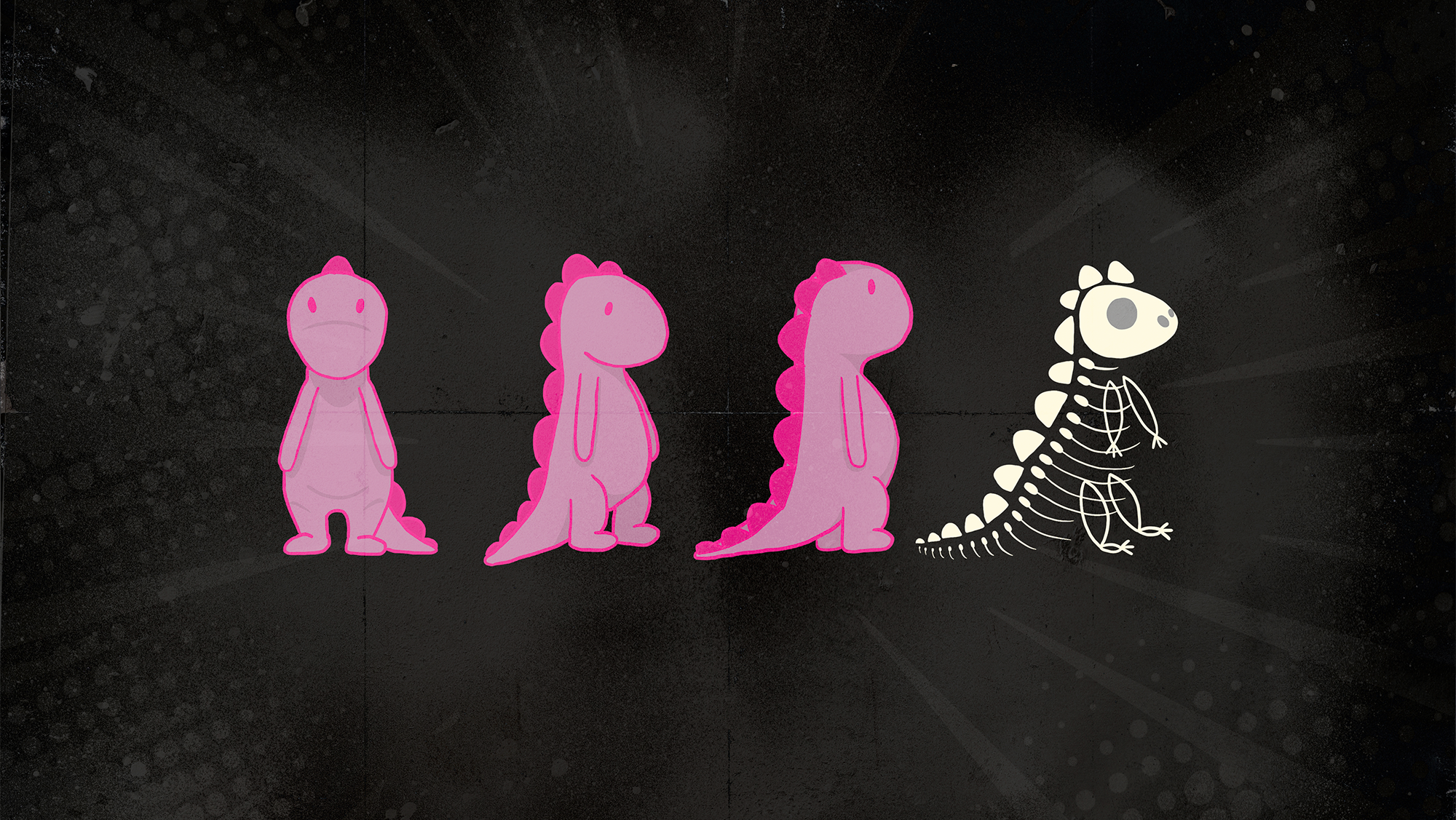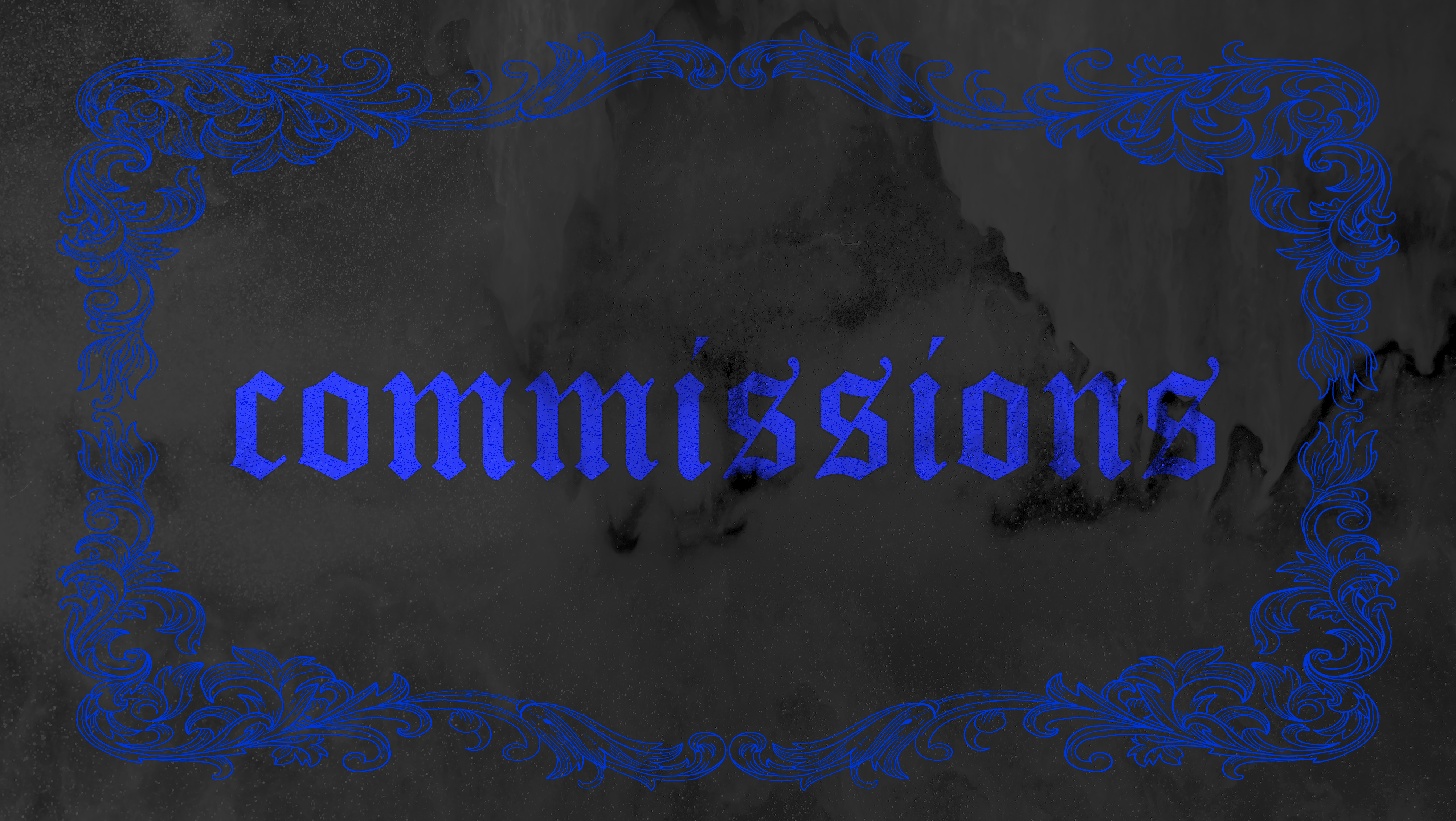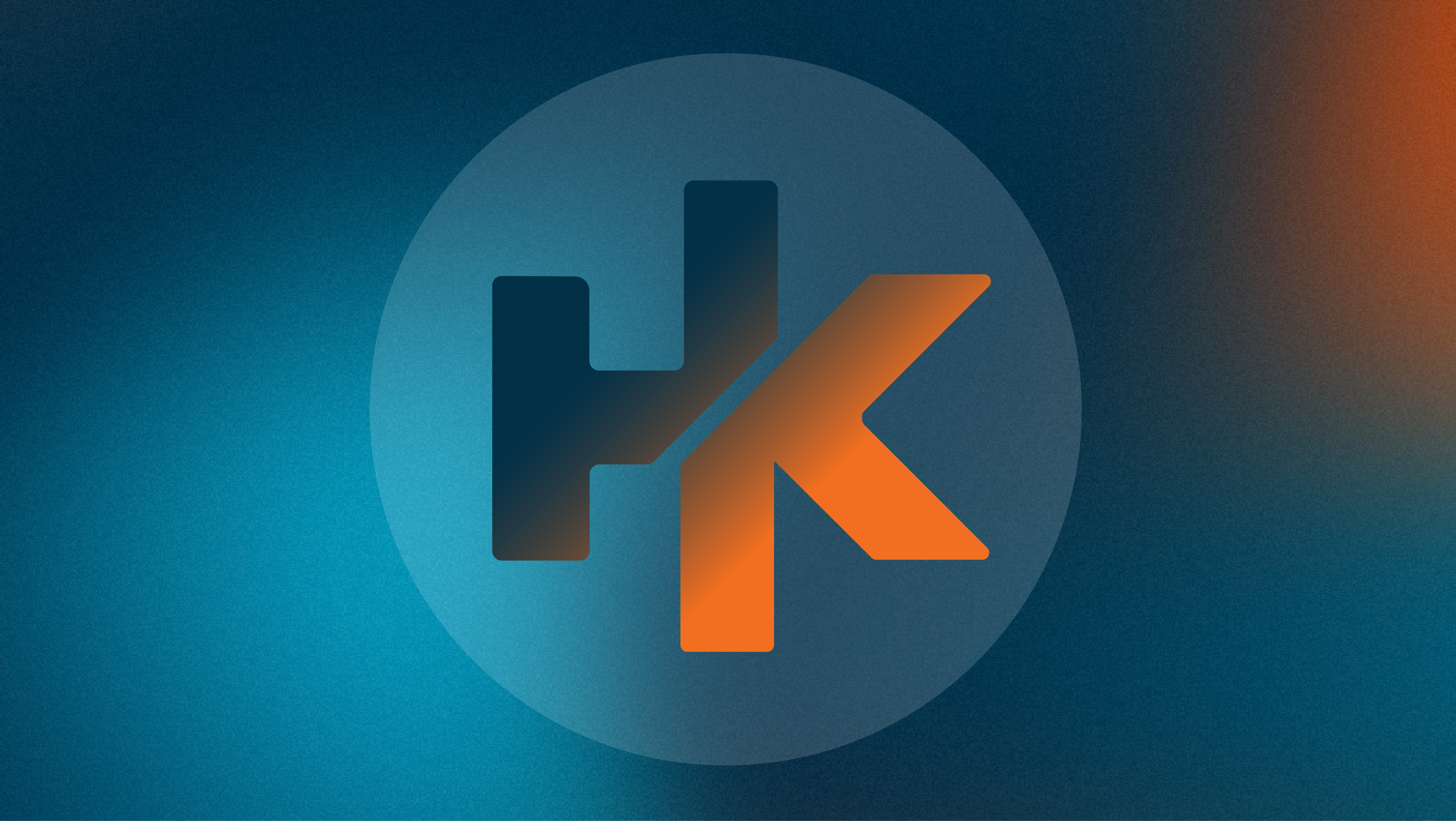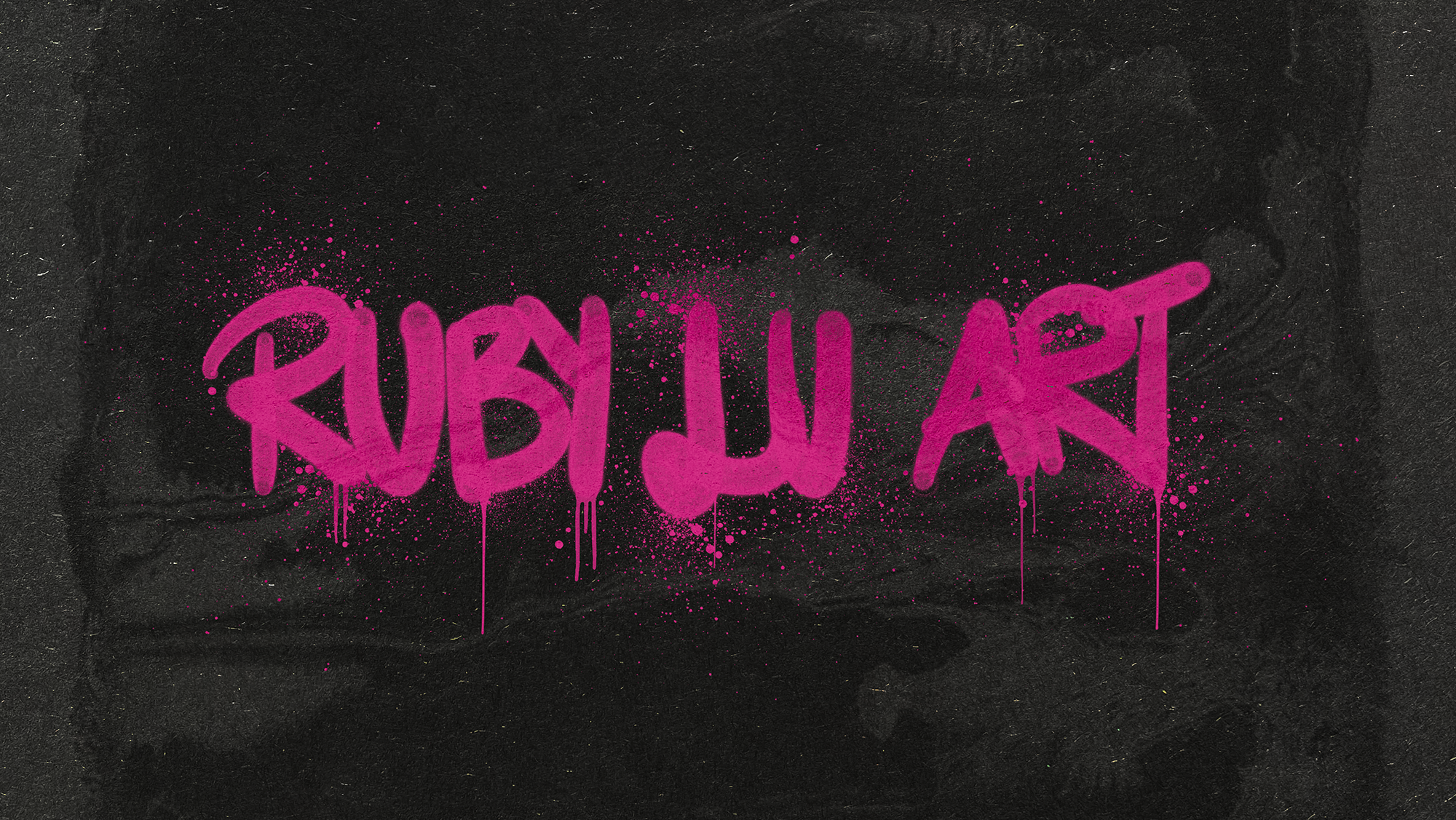"Thinking about design is hard, but not thinking about it can be disastrous"
- Ralph Caplan
Design Thinking & Process
Design isn't just about pixels for me – it's a journey that's taken me from finger-painting at four years old to freelancing, academic deep dives, and personal projects I pour my heart into.
That hands-on experience has always been key to how I think and create. It's like building a muscle – the more I've done it, the stronger my design thinking and ideation have become.
Over time, I've developed a process that starts with a crucial stage I call "Discovery."
Discover
The journey starts with an immersive discovery phase. Here, I become a user ethnographer, meticulously researching their needs and pain points. We're talking competitor analysis, market trends, and everything in between. This intel gets visualized through detailed mind maps and rapid ideation sketches.
It's crucial because a strong foundation is key. The more I unpack the problem space through this research, the more fertile ground I have for crafting innovative solutions. Think of it like user research being the blueprint – the more detailed it is, the smoother the entire design process becomes.
empathise
Following the initial research phase, the design process transitions to the "Empathise" stage. Here, a user-centered approach is meticulously employed to cultivate a comprehensive understanding of the target audience. This crucial step involves the development of detailed user profiles and personas, which are instrumental in establishing a strong foundation for design decisions.
Storyboards and user journey maps are meticulously crafted to visualise user interactions and pain points, while the creation of mood boards serves to define the desired emotional experience.
This phase emphasises a deep and holistic understanding of user needs. Beyond addressing immediate challenges, the "Empathise" stage lays the groundwork for sustainable solutions with a future-oriented perspective. It is during this stage that the seeds for the project's visual and verbal identity are sown, paving the way for a cohesive and user-centric design direction.
Define 1.0
Part I - UI/UX Design and User Testing:
In the initial facet of 'Define,' I delve into the intricacies of UI/UX design, employing sketching as a tool to materialise ideas.
This phase is complemented by rigorous user testing methodologies, including surveys, interviews, A/B testing, guerrilla testing, concept testing, and the collection of general user feedback. It's a dynamic process aimed at refining the user experience and ensuring alignment with the project goals.
Define 1.1
Part II - Wire-framing, Implementing Feedback, and Prototyping:
The latter half of 'Define' sees the manifestation of wireframes and the incorporation of valuable user feedback. Through iterative prototyping, this stage acts as a checkpoint. If unexpected issues surface, it's not uncommon to revisit earlier stages like 'Discovery' or 'Empathise.'
This adaptive approach ensures that the project remains on course and, if necessary, allows for the ideation of alternative solutions. 'Define' serves as a critical juncture, indicating whether the project has strayed from its initial focus and prompting course corrections as needed.
finalise
In the last phase, 'Finalise,' the practical aspects of the design take precedence. High-fidelity prototypes and mockups are developed, giving a concrete shape to the envisioned user experience.
As a testament to consistency and coherence, a comprehensive style guide is crafted, encapsulating the aesthetic and functional principles governing the project.
Lastly, a smooth handover process ensuring a seamless transition to the next phase of implementation. 'Finalise' marks the practical conclusion of the design process, where the focus is on precision and functionality.
softwares
My design toolbox is stocked with industry-leading software, allowing me to tackle projects across various mediums. For visual creation, I leverage the power of Adobe's Creative Suite, including Photoshop for image manipulation, Illustrator for vector graphics, and After Effects for dynamic motion design.
Additionally, I'm proficient in XD and Figma for user interface and user experience (UI/UX) design. For video editing, I can seamlessly switch between Premiere Pro for professional productions and Premiere Rush for on-the-go content creation.
Version control and collaboration are streamlined with tools like Github and Notion. My knowledge extends to development as well, with familiarity in Visual Studio Code and database solutions like MongoDB. This diverse software skillset empowers me to deliver exceptional design solutions, from initial concept to final execution.
















